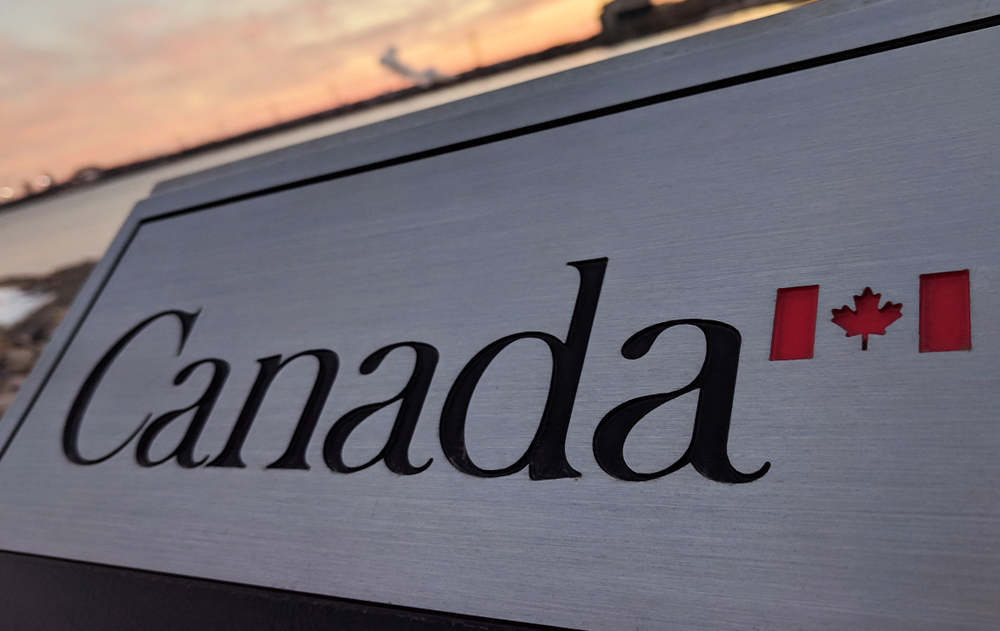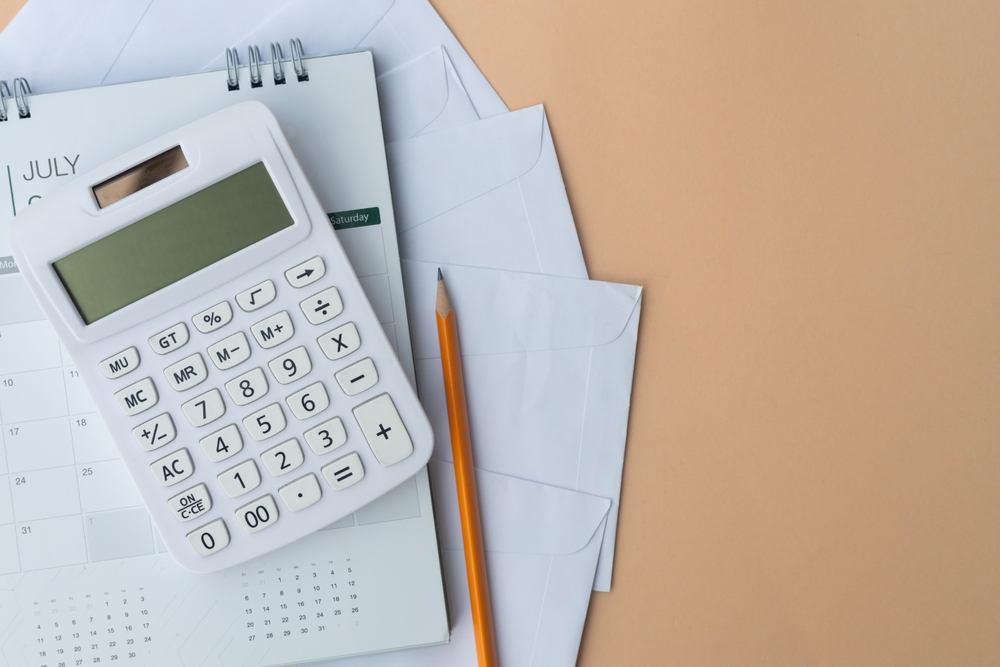When a person or business’s financial situation is dire, there is often the assumption that bankruptcy is the only solution. However, a less extreme solution is often found in filing a consumer proposal or a Division I proposal (sometimes known as a commercial proposal). The term “Division I” arises from the section of the Bankruptcy and Insolvency Act that governs these proceedings. Like with bankruptcy, these options involve enlisting a licensed insolvency trustee (LIT) to help reach an agreement with creditors.
One advantage of filing a proposal is that unlike in a bankruptcy proceeding, proposals will prevent the seizure and sale of your assets. However, while filing a proposal may be beneficial to specific companies or individuals, it is essential that the parties have the resources to fund a proposal.
Key Takeaways
- Consumer proposal vs. division 1: who files each type of proposal?
- How do obligations and repercussions differ with a consumer proposal vs. division 1 proposal?
- What’s the consumer proposal process?
Consumer proposal vs. division 1: who files each type of proposal?
Wondering which type of proposal you should be filing? Individuals with debt below $250,000.00 are eligible to file a consumer proposal, while businesses and individuals with debts above the $250,000.00 threshold can file a Division 1 proposal. Corporations are not eligible to file consumer proposals.
Each type of proposal is prepared by a LIT and delivered to the relevant creditors within the set time period and filed with the Office of the Superintendent of Bankruptcy Canada. Both types of proposals are regulated under the Bankruptcy and Insolvency Act.
How do obligations and repercussions differ with a consumer proposal vs. division 1 proposal?
With a Division I proposal, the Licensed Insolvency Trustee (LIT) is required to arrange a meeting of creditors to discuss the proposal. With a consumer proposal, a creditor meeting is unnecessary unless 25% of the proven creditors request a meeting. At a meeting of creditors, the creditors will vote on the proposal and decide whether it is approved or not.
Further, when a business or individual files a Division I proposal, and the proposal is rejected by the creditors, the individual or company is automatically assigned into bankruptcy. In the case of a consumer proposal, a refusal of the proposal does not automatically initiate bankruptcy proceedings.
If a Division 1 proposal goes into default, and is not remedied within 30 days, then the Proposal will be annulled. In the case of a consumer proposal, if the Debtor misses three months of payments, then the proposal will be placed into default.
What’s the consumer proposal process?
Unsure of what to expect from the consumer proposal process? Watch our short video below, where we explain everything you need to know. We understand if it all seems a bit complicated at first, but our team is always on hand to help.
Read our guide – Can I Get A Loan While In A Consumer Proposal










